By the end of the year 2020, Facebook’s organic reach of posts is still maintaining a decline. The average reach of an organic post is placed around 5.2%, a further decline from 5.5% at the end of 2019.
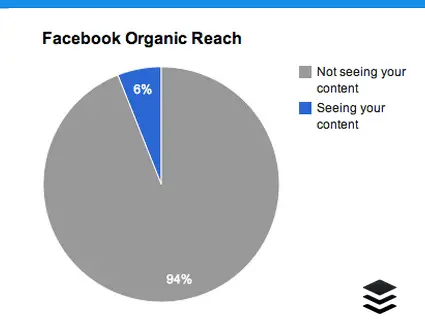
Similarly, the average engagement rate in 2020 for an organic Facebook post was 0.25%. If you have over 100 thousand followers, then that number further drops to 0.08%.
In January 2018, Facebook announced that its algorithm would now prioritize “posts that spark conversations and meaningful interactions.”
These changes were meant to grow the quality of time people spent on Facebook. Also, it took responsibility for how the platform affects its users’ mental health.
Understanding the Facebook algorithm?
The Facebook algorithm determines which posts users observe every time they check their Facebook Newsfeed. And more importantly, in which order these posts lined up.
Facebook has constantly reminded us that there is no single algorithm, but rather “multiple layers of machine learning models and rankings,” specifically built to predict which posts will be “most valuable and meaningful to an individual over the long term.”
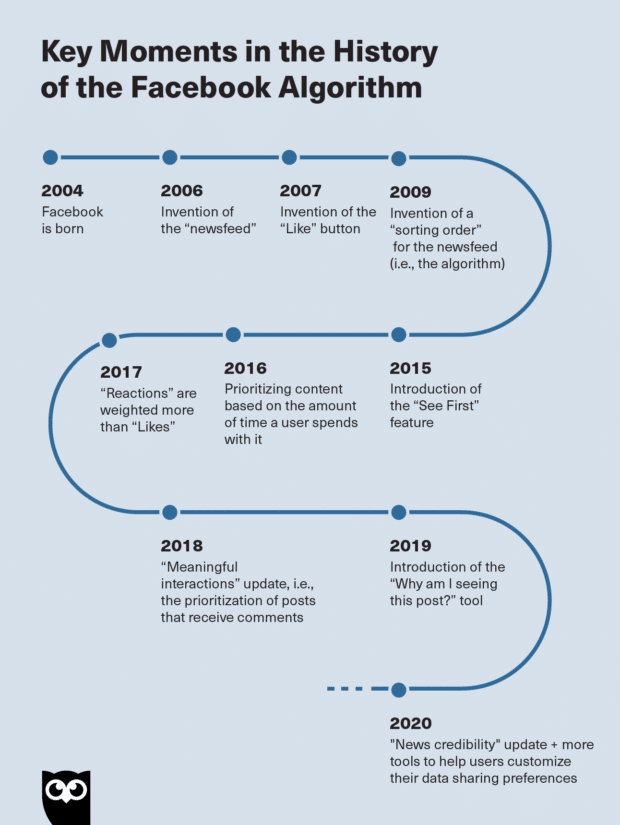
Simply put, instead of displaying every available post in chronological order, the Facebook algorithm checks each post, scores it, and then displays it in descending order of interest for each individual user.
When it comes to gaining more organic reach, the Facebook algorithm will only reward you for creating content that people engage with.
How it works
To make its predictions, the algorithm employs thousands of data points or ranking signals. The downside to this is ranking signals are not constant. They change consistently with their importance been adjusted to match what Facebook feels users want to see.
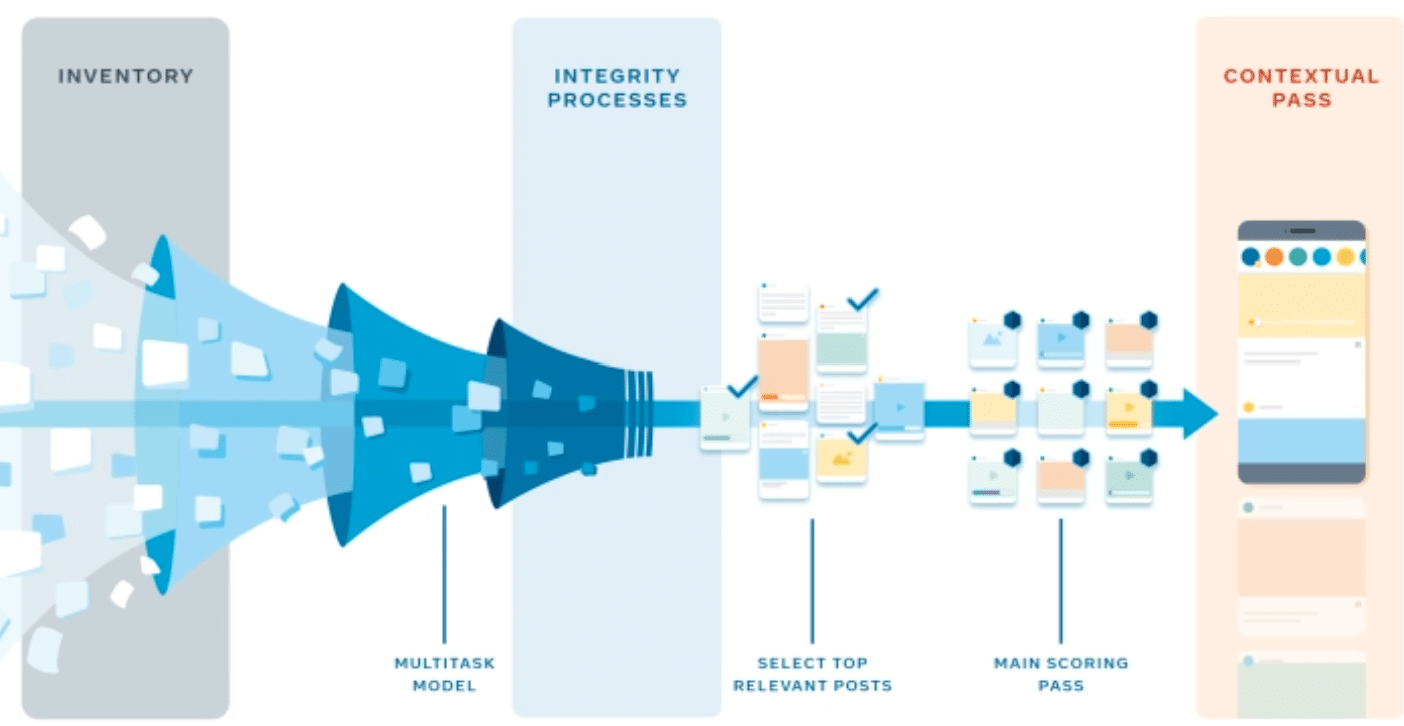
How then does the algorithm work?
Facebook takes into account, every post available in a user’s inventory and scores each post according to predetermined ranking signals. Next, it discards posts that an audience is less likely to engage with, based on that user’s past behavior.
It also penalizes content that users don’t want to see such as clickbait and misinformation. Next up, it runs a “more powerful neural network” over the remaining contents to score them in a personalized manner and ranks them in order of value.
Finally, the algorithm produces a neat list of media types and sources so that a user has an interesting variety of posts to scroll through.
Over the years, four Facebook algorithm ranking signals have been consistent and are worth considering:
- Source: Is the post from a person, business, news source, or public figure? And does the user often engage with such a source?
- Content-type: What type of media is in the post; video, photo, or a link? Plus which type of media is the user most likely to interact with?
- Popularity: How are people who have already seen the post reacting to it? Is it being shared, are they commenting on it or just ignoring it?
- Freshness: is the most recent? Newer posts are highly placed.
Even with Facebook constantly changing its algorithm in the wake of the data breach of 2017, the debate on user privacy against personalization has refused to go away.
In 2021, Facebook continues to strive for transparency with users regarding the use of their information. For instance, the Access Your Information tool is to help people figure out how and why they see certain ads.
Tips to Help You Get Seen More on Facebook
We have established for a fact that to get seen on Facebook, one has to post contents that are informative and unique.
In this article, we will be going through some of the few tips you can begin to implement. These tips are sure to help you get seen more on Facebook by both friends and an interested audience.
Here they are:
Request that Your Friends See You in their News Feed First
In time past, the easiest way to ensure that your friends and audience see posts from your Facebook page without spending on ads was to convince them to get notifications from you. This soon became annoying as such notifications interrupted other actions, especially for mobile users.
Now, you can simply ask them to see your posts first in their news feed. There are a number of ways to go about this:
Editing News Feed preferences on desktop:
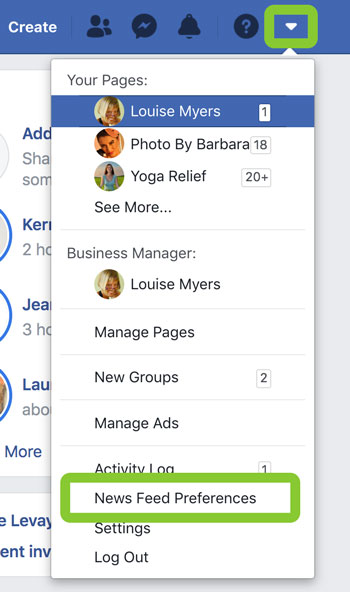
- Click the drop-down arrow in the top right corner of any Facebook page.
- Select News Feed Preferences.
Editing News Feed preferences on mobile:
- Tap the 3 lines at the bottom right corner of the Facebook app.
- Scroll to Settings & Privacy. Click Settings.
- Then scroll to News Feed Settings.
- Click on News Feed Preferences.
You can as well leverage the higher organic reach of video by creating a quick screencast of how people can see your page first in their news feed. Then pin such a post to the top of your page.
Post Unique Content
Content is king and great content will boost your chances of being seen by your friends and others as well. Certainly, the key isn’t just to make unique content; it has to be relevant to your audience as well.
Some users use third-party Post Planning platforms to help them quickly locate updates that have been proven to be interesting, engaging, and awesome for Facebook audiences.
Bypass the algorithm using Facebook Stories
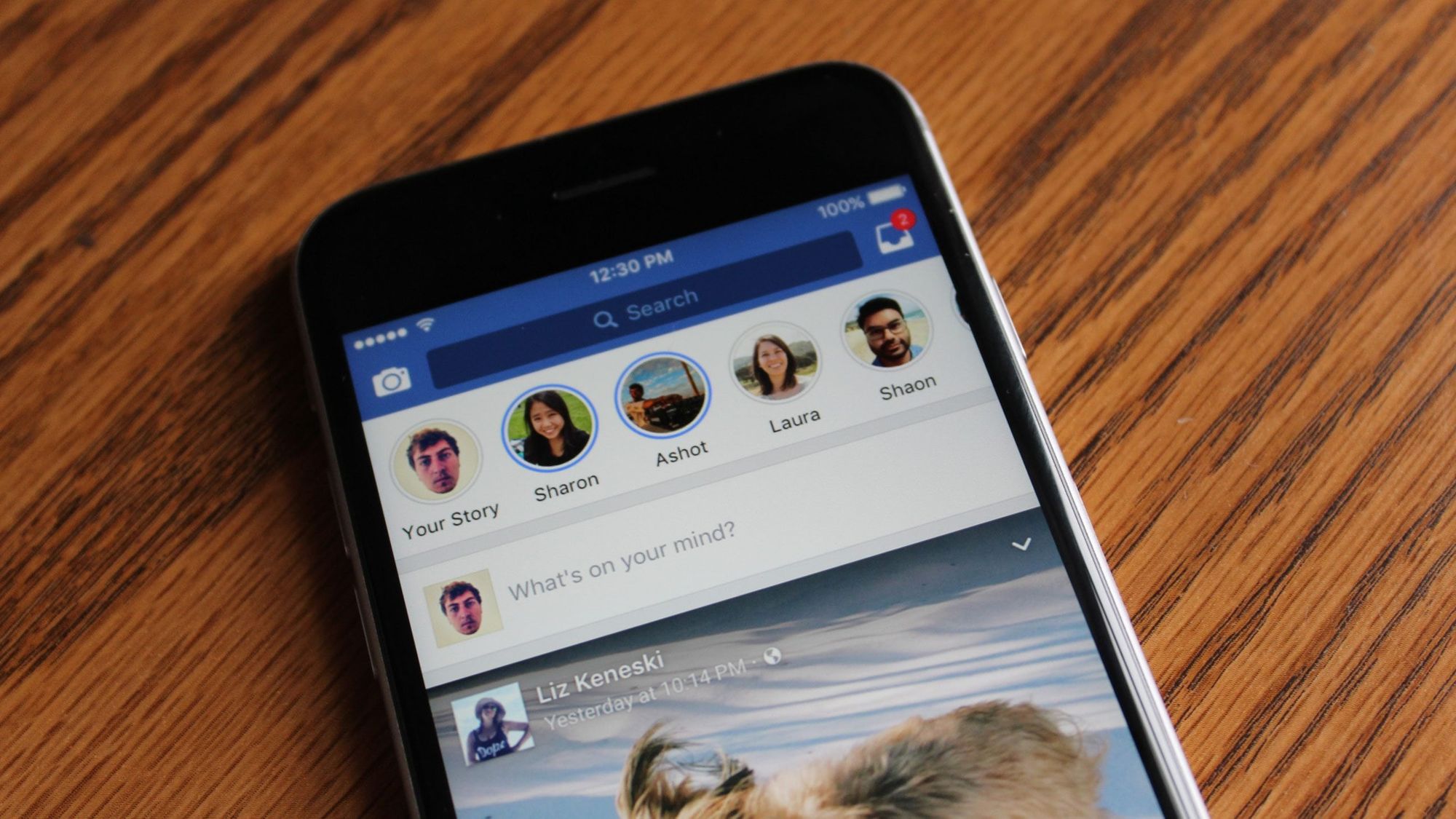
Facebook Stories aren’t part of the newsfeed so it isn’t affected by the algorithm ranking signals. Facebook Stories float above news feed and are independent features of Facebook. According to Facebook itself, its story feature is efficient at driving traffic: 58% of people say they’ve visited a brand’s website for more information after watching a Story.
What kind of Stories should users post? According to a study by Facebook, people say they want the following from branded Stories:
- 52% want Stories that are easy to understand
- 50% want to see new products
- 46% want tips or advice
Facebook Live
If anything, the COVID-19 pandemic of 2020 has taught us that things wouldn’t be done in a conventional manner again. At the height of the outbreak, everyone was stuck at home and in the U.S. alone, Live video on Facebook skyrocketed by over 50%.
Since Live video receives more than a quadruple of engagements than regular videos, the algorithm ultimately favors it.
For personal use or relatively small businesses, going live on Facebook is quite easy. For big brands, it requires a bit of learning. But with virtual events seemingly here to stay and not leaving anytime soon, Live video can effectively help drive engagement and visibility.
Avoid click-bait or misinformation
We can’t sound this warning enough. Don’t do it! Stay away from it! Avoid it! It’s advisable to not use click-baits or misinformation. Once caught, the Facebook algorithm will punish you.
Examples of click-bait or misinformation to avoid include:
- Links to sites that share stolen or scraped contents with no additional value.
- Borderline content i.e. content that is not out-rightly prohibited but probably should be.
- Misinformation and fake news.
- Deepfake or manipulated videos flagged as false by third-party fact-checkers.
- Misleading health information and dangerous “cures”.
Use Boost Posts or Promoted Posts.

Facebook is quickly becoming a pay-to-play platform; where you will occasionally have to spend money to have your content seen by not just your friends. Planning on a little ad spending each month to push your posts into the News Feed of your friends is wise. Here is the difference between a Boost Post and a Promoted Post:
A Boost Post is created right on your Timeline and can target either your friends, their friends, or an audience that you specify with up to 10 targeted keywords. A Promoted Post on the other hand is created from the Ads Manager and has more targeting options. You can target only your friends or an audience you specify with more targeted keywords.
Facebook’s algorithm values unique content that perform well with good organic reach. Users can then build off that momentum by boosting or promoting their content with minimal ad spending.
Get on Your Profile
To get seen on Facebook, you need to be more active on your page. And that means via real engagement.
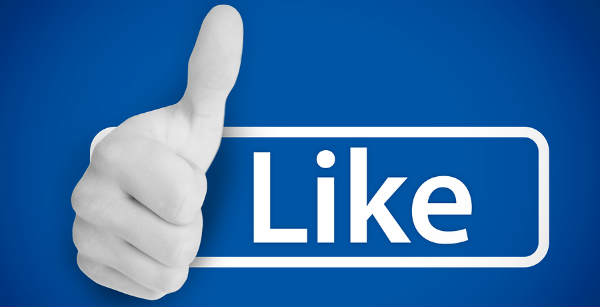
Respond to comments and reviews on your page. When you reply to a comment on your post, the post has a chance for added reach because there is new activity on that post. Keep in mind that you don’t necessarily need to reply to every comment but it’s a welcomed practice to acknowledge comments with either a reply or a Like.
If an audience has taken the time to talk to your brand, seize the opportunity: make them feel heard, reply to them, answer their queries and put a smile on their faces.
It’s okay to send a private message as well but only when a private message is necessary. For optimized outcomes, be sure to reply publicly to show that you plan on replying privately as well. Don’t be tempted to do just private replies.
Get your audience to reply to one another
Facebook itself recommends this tip. Evidently, if a post has set off lots of conversation among a user’s friends, the algorithm uses “action-bumping logic” to show that post to the user again.
This simply translates to the most interesting conversation-starters getting more reach. Albeit in the form of second chances.
We’ve repeatedly stated that the Facebook algorithm favors content that triggers people to share and engage with friends.
Tag your Friends and Use #hash-tags
When you tag a friend by using the “@” symbol and typing the name in a post, your visibility can increase with that friend’s audience. Facebook sometimes shows tagged posts to that friend’s fans in the News Feed. At the very least, you can increase your visibility with that Page so that your fans know you’re talking about them.
By adding #hashtags to the keywords of your post, you are creating the potential to be seen by more people who are searching on that hashtag within Facebook.
Use Facebook contests or sweepstakes
This will increase your visibility considerably and with pace. This is also exploiting the human phycology of wanting to win. A contest or sweepstakes is a delightful way to get extra engagement and reach on your Page because audiences love to win. They can end up sharing your content with their friends, which increases your visibility.
Become a Favorite
Not everyone knows that each Facebook user has up to thirty available slots for their favorite Pages and people. Those Favorites get an automatic free pass from the algorithm.
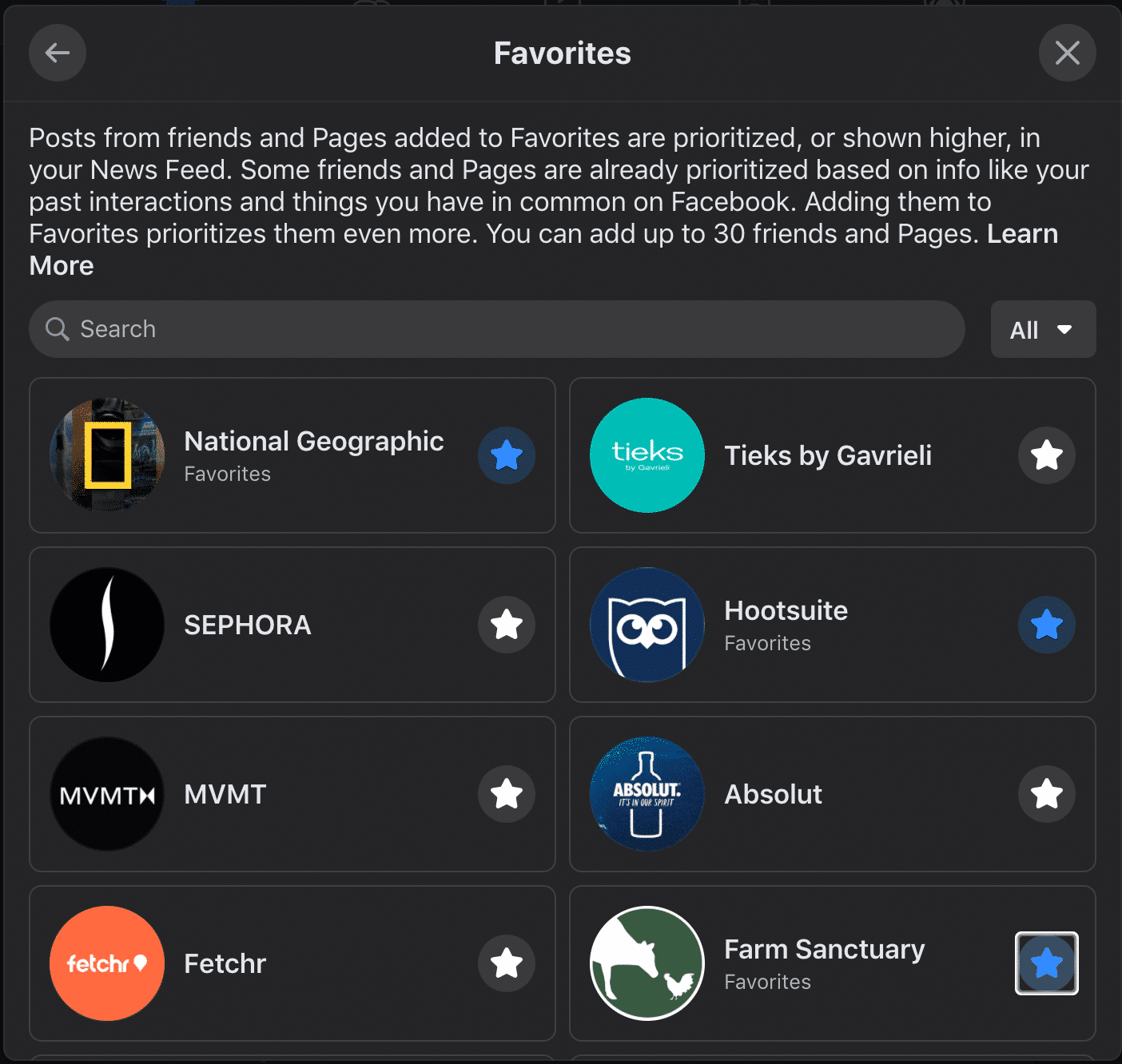
This was done in other to give users more control over what they see. Educate your followers to prioritize your content on their own timelines.
Getting this done is tricky and should be approached with alertness. There should be a great reason for users to prioritize your content. Some of those reasons could be because your contents are; educational, informative, entertaining, or simply because it’s truly necessary that they stay informed.
Cross-Promote Across Social Media Platforms
The major factor here is to link directly to either your Facebook page or the post you want your friends to engage with. If you have large audiences on other social media networks, then Cross-promote your Facebook page to them is a plus for you.
Ask your other audiences to become a fan or friend of your page. Once that is achieved, encourage them to comment on a discussion, answer a question or post one, participate in a poll or enter your contest.
It’s not wise to ask people to search for you. If you do that, then you are leaving possible connections to chance.
Conclusion
Facebook’s algorithm is sophisticated and hacking your way around it is next to impossible. But with these few simple steps, you can make the algorithm work well for you.
Arguably, the most useful tip on this list is to post unique and engaging content. As your friends and users continue to like and comment on your posts, the Facebook algorithm will push more of your content into their news feed.



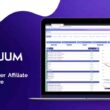
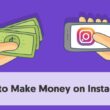



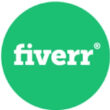
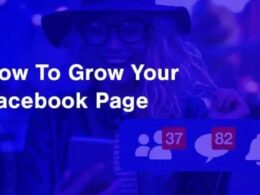

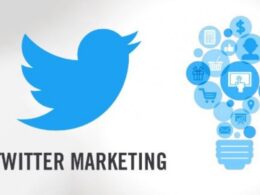

1 comment